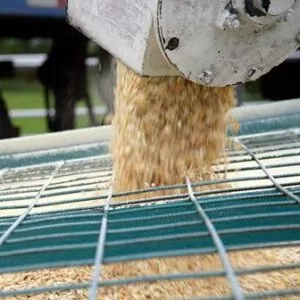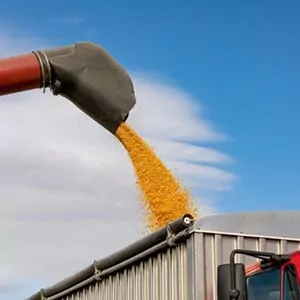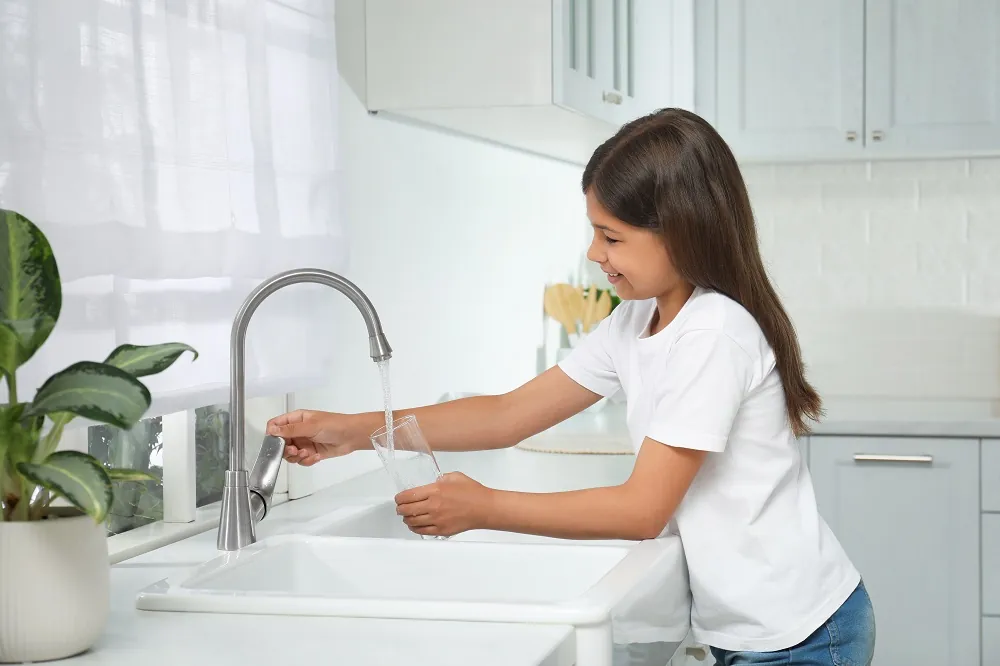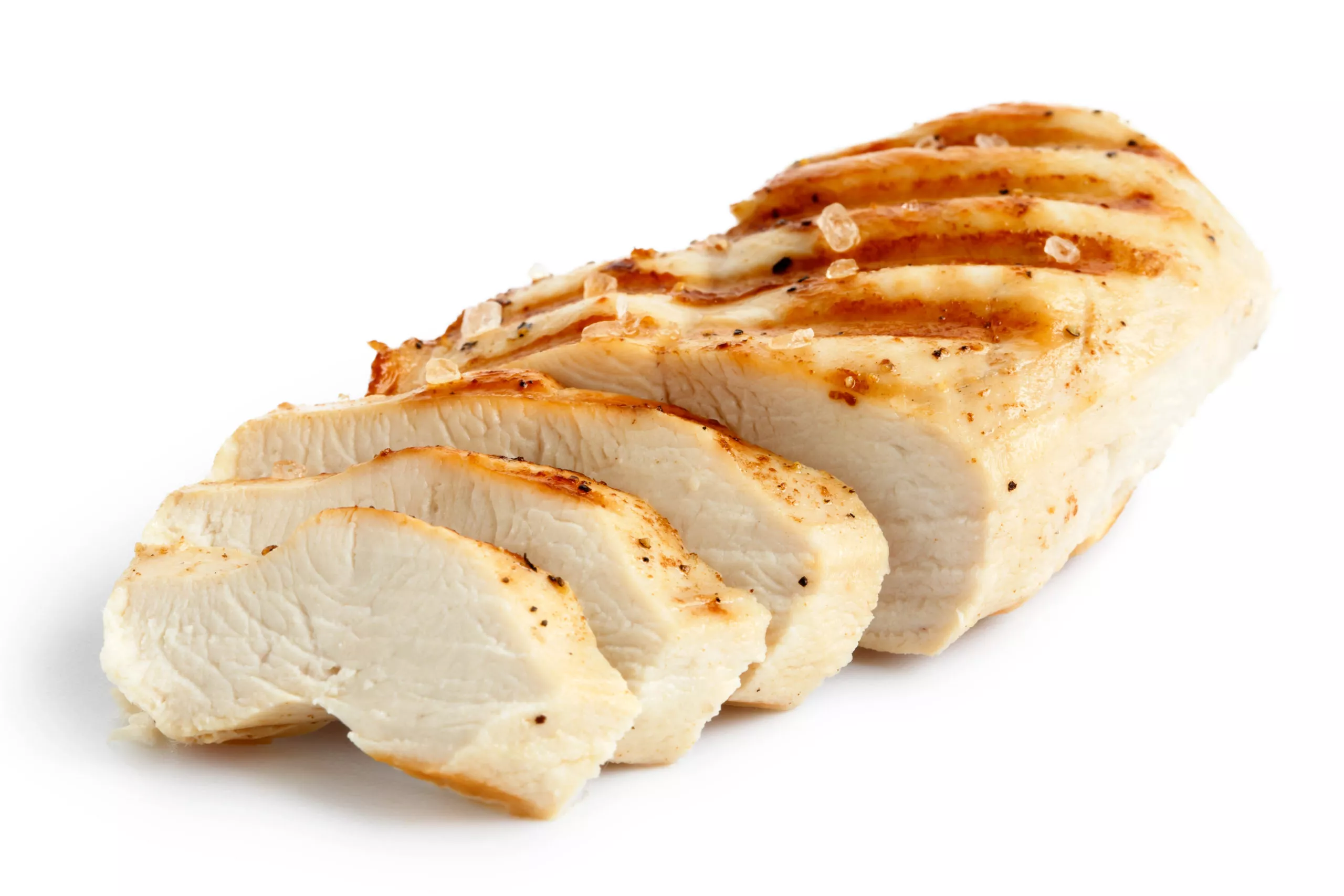Solutions for Mycotoxin Testing: Analytical Perspectives from Field to the Laboratory
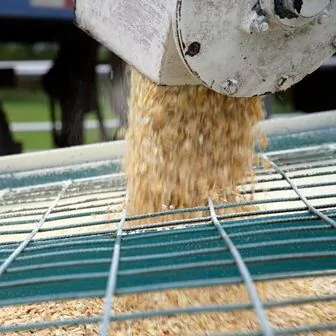
The food and feed industries quest to balance quality and safety assurance with economy and efficiency has always posed challenges, but in the context of an increasingly globalized food supply, rising concern about foodborne illness, the need for mycotoxin test methods that help companies do more with less has taken on a new urgency. Whether you are a manufacturer operating an internal testing laboratory, a contract testing laboratory, or a government laboratory, Waters can help you expand your capabilities to include a complete portfolio of field-to-lab mycotoxin testing solutions.
Mycotoxin testing protects human health and animal welfare as well as facilitating trade
Mycotoxins, toxic compounds naturally produced by different types of fungi, enter the food chain due to infection of crops before or after harvest and are typically found in foods such as cereals, dried fruits, nuts and spices. Mycotoxins are well established to have acute and chronic health impacts both in humans and animals that are fed contaminated feed. The most common mycotoxins are regulated in many countries of the world. Regulations typically include values that are specified in various food and feed commodities, which are either maximum allowed levels or guidance values. The maximum levels for mycotoxins in food are very low due to their severe toxicity.
In addition to risk to public health, mycotoxins generate high level of economical loses for food industry due to reduced crop yields, lost trade revenues (local and international) due to failure to comply with regulatory limits, and livestock illnesses.
Various controls ensure that exposure from food or feed is as low as reasonably achievable including:
- Ensuring that good practice is undertaken during growing, harvesting and storage of foods
- Establishing maximum levels where necessary
- Evaluating the mycotoxin risk by routine testing using in-field and in-laboratory detection methods
- Discarding contaminated batches
- Official monitoring programs to check regulatory compliance
Determining the best analytical approach for mycotoxin testing for each situation
Mycotoxin contamination can occur pre-harvest when the crop plant is growing or post-harvest during processing, packaging, distribution and storage of food products so the timing of the analysis is vitally important and constitutes a major challenge for farmers, processors and distributors of agricultural commodities. Others are more concerned about the levels of contamination to be determined in products on sale in the retail sector. As you consider strategies for mycotoxin testing, the questions of what, when and where to test determines the analytical approach to be used. Watch our on-demand webinar, “Strategies for mycotoxin testing – analytical perspectives from field to lab” to learn how to:
- Quickly identify contamination at the earliest opportunity in the supply chain
- Use different technologies for mycotoxin testing, and in what setting each is most applicable
- Select the appropriate clean-up options to best meet your needs
The webinar shows how Waters can help you expand mycotoxin testing services to offer a complete solution from field testing kits to laboratory determination methods.
Rapid detection of mycotoxins at locations away from the traditional laboratory
Upstream monitoring is carried out typically in raw commodities, to make decisions on contamination of crops at harvest, point of purchase, prior to storage or processing or to support export shipment release. The VICAM brand offers a range of validated monitoring solutions for companies seeking to minimize the costly consequences of mycotoxin contamination in a wide range of agricultural products and feedstuffs. Lateral flow strip tests and simple fluorometric detection provide accurate, on-time data to help prevent the introduction of mycotoxins into raw commodity and finished product value streams. Testing needs to be as fast as possible and large numbers of tests can be undertaken in a cost-effective manner to ensure results are statistically valid.
To find out more about how the VICAM brand supports farmers and the food industry, read the various whitepapers to be found here.
Coupling selective clean up with efficient separations and highly sensitive fluorescence detection for the determination of aflatoxins
To check regulatory compliance during monitoring for official control or by the food industry, samples are typically sent to a laboratory for analysis. Laboratory-based methods for the quantitative determination of aflatoxins are typically based on high-performance liquid chromatography (HPLC) coupled with fluorescence detection. VICAM’s AflaTest WB SR+ immunoaffinity chromatography column, has been shown to be suitable for the determination of aflatoxins in a wide range of commodities. The increased chromatographic efficiency provided by ultrahigh-performance liquid chromatography (UPLC) was used to reduce the analysis time from 12 to 4.5 minutes and offered higher sensitivity than HPLC methods. The specialized large volume flow cell and mercury/xenon lamp avoided the need for post-column derivatization.
To learn more about the determination of aflatoxins using HPLC and UPLC after immunoaffinity chromatography column clean up, read the application note: Determination of Aflatoxins in a Wide Range of Food and Agricultural Commodities Using Immunoaffinity Chromatography Column Cleanup Coupled with UPLC or HPLC with Fluorescence Detection.
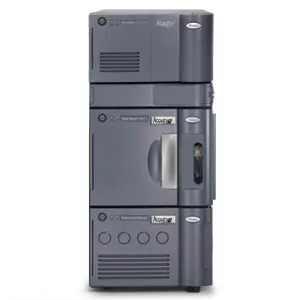
LC-MS/MS for the determination of a range of mycotoxins in a single method
Multi-toxin methods, using LC-MS/MS, provide a more comprehensive view of the type and level of contamination of a wide range of regulated and emerging mycotoxins and associated metabolites – so-called “masked mycotoxins”. A simple, highly sensitive “dilute and shoot” approach was developed and validated and can be applied to a very wide range of sample types including typical ingredients and finished products. The method uses 13C-labelled analogues as internal standards to correct for both matrix effects and analyte losses during the sample extraction. We demonstrate how to overcome carryover issues, a common occurrence for fumonisins, by the careful selection of injector and washing solvents. The method performance was also assessed via an interlaboratory study including four different laboratories.
To discover more about the determination of mycotoxins using LC-MS/MS, read the application brief, LC-MS/MS Method Development and Validation for the Quantitative Determination of Regulated Mycotoxins and whitepaper on Carryover in UPLC Methods: The Case-Study of Fumonisin B2.
Watch our on demand webinar , “Strategies for mycotoxin testing – analytical perspectives from field to lab” to see how Waters can help you with testing for mycotoxins to expand your services by offering a complete solution from field testing kits to laboratory determination of mycotoxins.
This webinar presents strategies to detect and determine mycotoxins from the field to the lab. We demonstrate how easy to use, rapid tests can be implemented at the point of production to detect the presence of mycotoxins, and when lab-based reference methods can be applied to provide a more comprehensive view of the level of contamination.
Popular Topics
ACQUITY QDa (17) bioanalysis (11) biologics (14) biopharma (26) biopharmaceutical (36) biotherapeutics (17) case study (17) chromatography (14) data integrity (22) food analysis (12) HPLC (15) LC-MS (22) liquid chromatography (LC) (20) mass detection (16) mass spectrometry (MS) (54) method development (13) STEM (12) sustainability (12)
